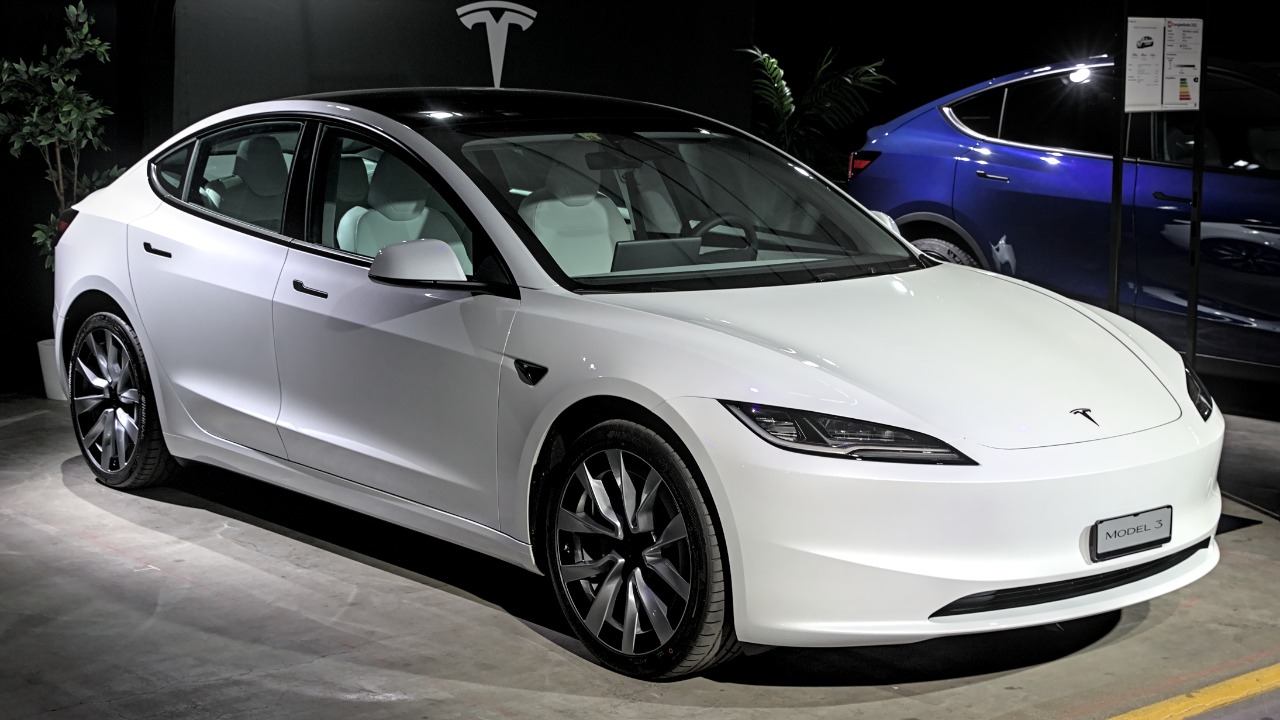
Electric vehicles continue to grow in popularity, but one persistent issue is the difference between the range claimed by manufacturers and what drivers experience in real-world conditions. This discrepancy can be attributed to various factors, including driving habits, weather conditions, and terrain. Below, I explore six electric cars that have been reported to have a range lower than claimed. Understanding these differences can help potential buyers make informed decisions.
Tesla Model 3 Standard Range Plus
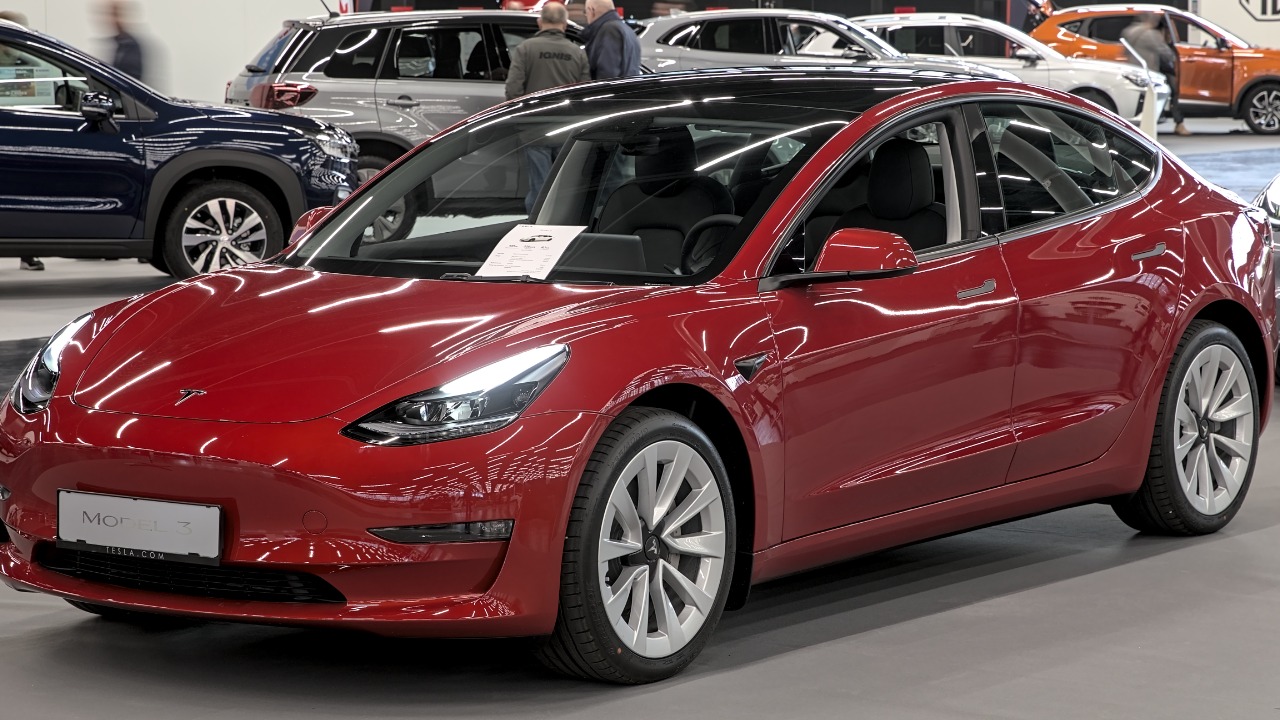
The Tesla Model 3 Standard Range Plus is one of the most popular electric cars on the market, known for its sleek design and impressive technology. However, many drivers have reported that the actual driving range falls short of Tesla’s claims. While the manufacturer advertises a range of around 263 miles, real-world tests often show a range closer to 220 miles. Factors such as speed, temperature, and driving style can significantly impact the vehicle’s range.
Despite the discrepancy, the Model 3 remains a strong contender due to its extensive charging network and advanced features. For those interested in understanding more about range variations, the Coltura website offers insightful information on electric car battery range and real-world conditions.
Nissan Leaf
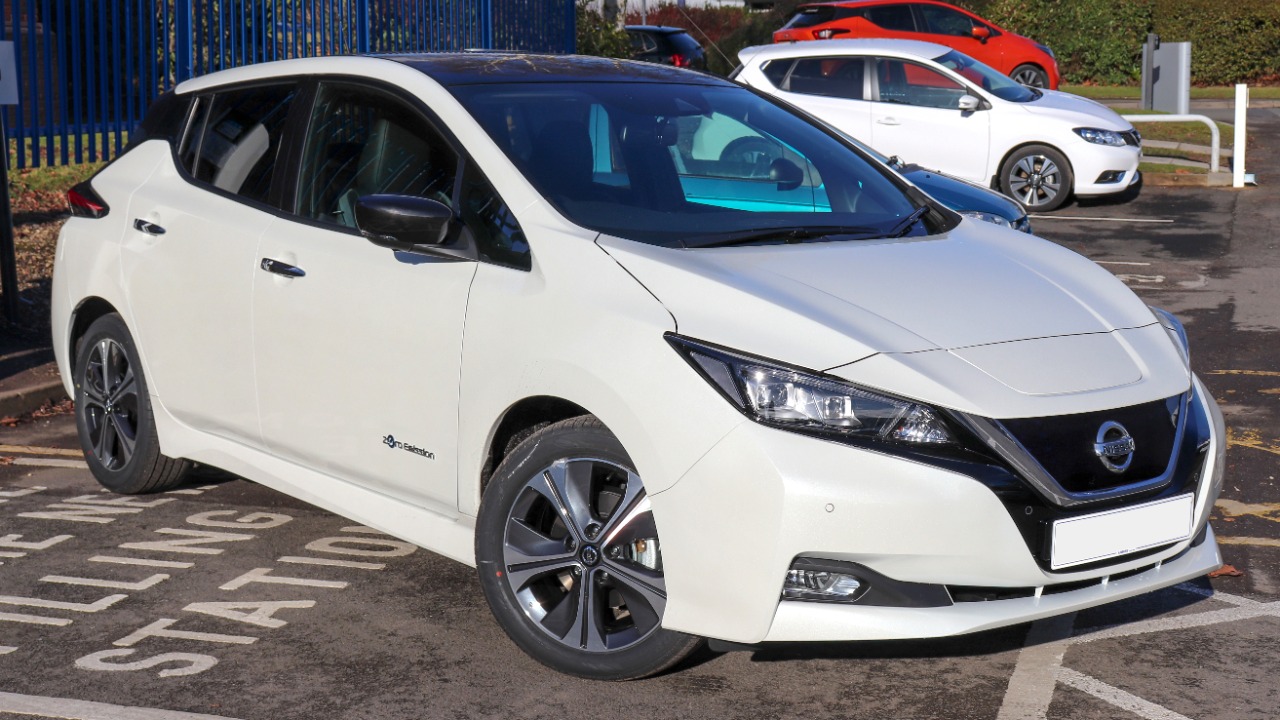
The Nissan Leaf has long been a staple in the electric vehicle market, offering an affordable option for eco-conscious drivers. The Leaf’s claimed range of up to 150 miles for the standard model often falls short in practical scenarios. Many owners report achieving closer to 120 miles, especially in colder climates or during highway driving.
This discrepancy can be challenging for drivers who rely on their vehicle for long commutes. For a deeper understanding of how driving habits affect range, I suggest reviewing the VEVA paper that explores driving distances and electric vehicle performance.
Chevrolet Bolt EV
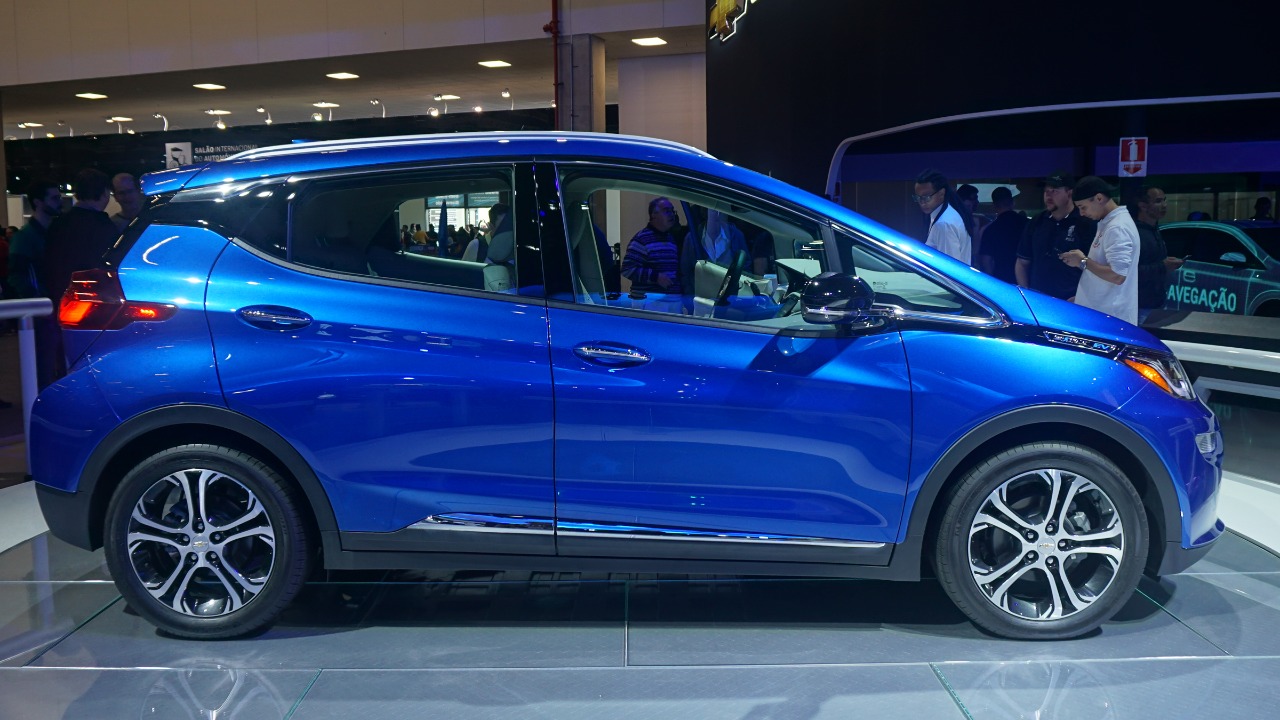
The Chevrolet Bolt EV is known for its impressive range at an affordable price point, with a claimed range of 259 miles. However, real-world tests show that drivers often experience a range closer to 230 miles. This shortfall is more pronounced in areas with varied terrain or extreme weather conditions.
While the Bolt EV offers good value, potential buyers should consider how their specific driving environment may impact the vehicle’s range. The Green Car Reports article provides further insights into how software and vehicle design influence electric vehicle performance.
Hyundai Kona Electric
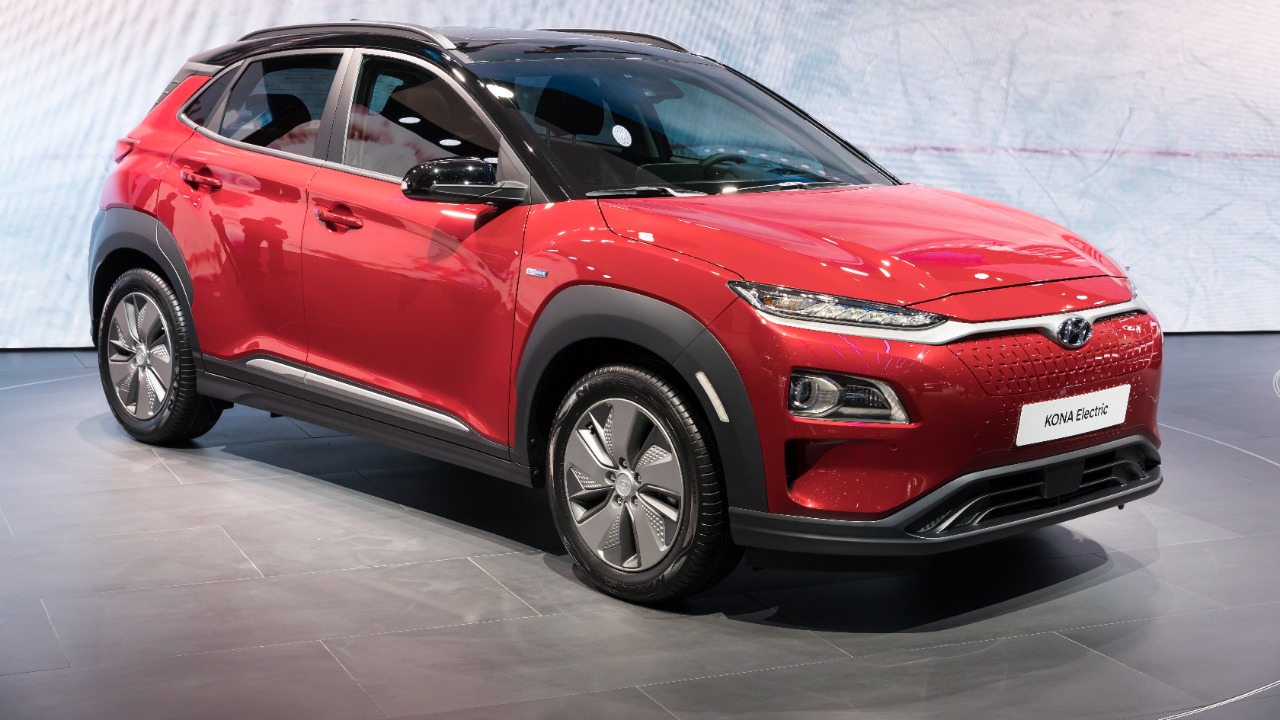
With a claimed range of 258 miles, the Hyundai Kona Electric has become a popular choice among electric vehicle enthusiasts. However, some owners report achieving only around 230 miles in everyday conditions. Factors such as air conditioning use and driving speed can significantly affect the range.
The Kona Electric’s versatility and compact size make it a practical choice for city dwellers, but understanding its range limitations is crucial for long-distance travel plans. For more information on how different conditions can affect electric vehicle performance, the Money Mag article discusses the challenges car brands face in accurately estimating range.
Audi e-tron
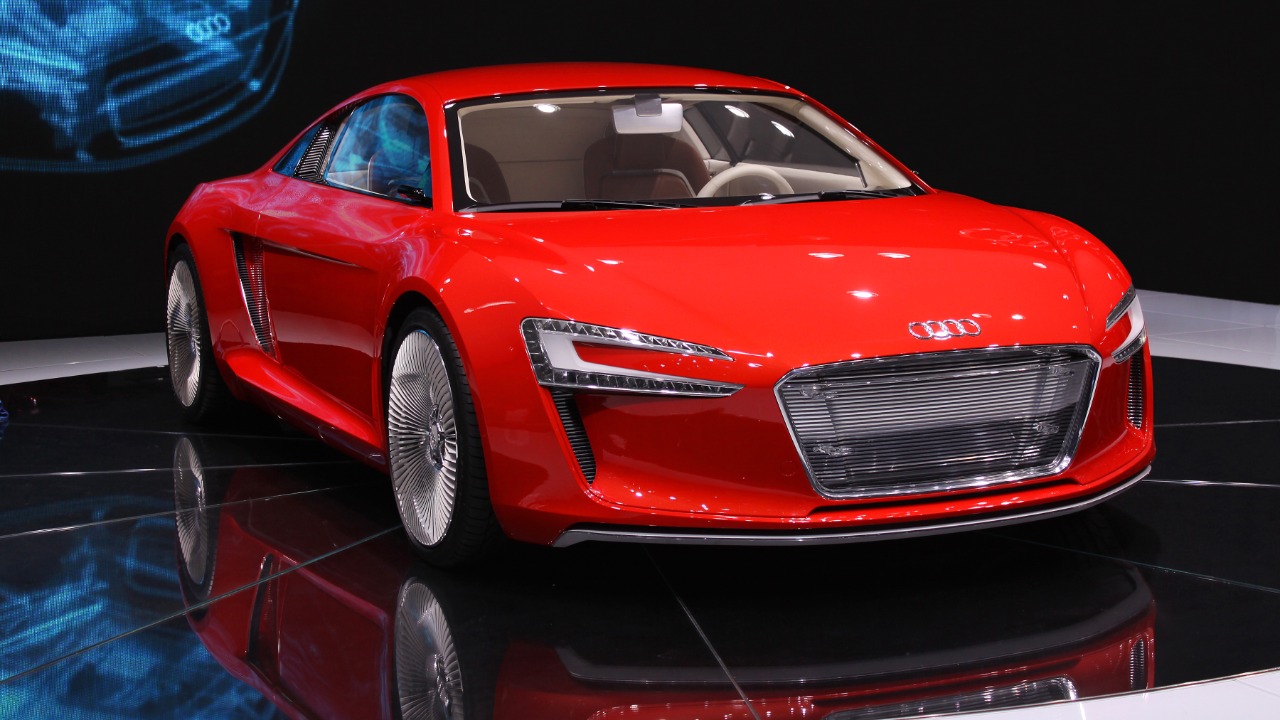
The Audi e-tron is a luxury electric vehicle that promises a range of around 222 miles. However, many drivers find that the real-world range is closer to 204 miles. The e-tron’s size and weight, combined with its powerful features, can contribute to the reduced range.
While the e-tron offers a premium driving experience, potential buyers should be aware of its range limitations, especially for long trips. For those curious about how environmental conditions impact range, the Carscoops article details how different electric vehicles perform in challenging weather conditions.
Jaguar I-PACE
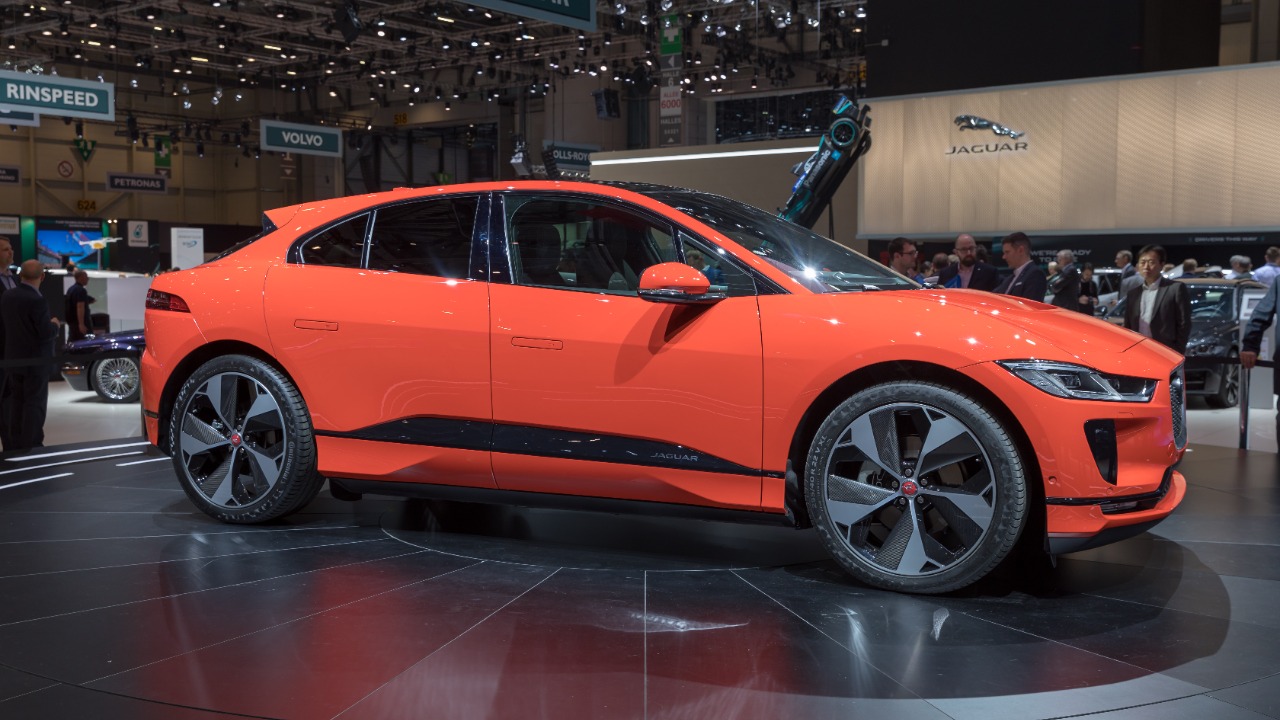
The Jaguar I-PACE is a stylish, high-performance electric SUV with a claimed range of 234 miles. However, real-world tests often show a range closer to 200 miles. The I-PACE’s sporty design and powerful motor can lead to increased energy consumption, impacting the overall range.
The I-PACE is a compelling choice for those seeking luxury and performance, but its range may require more frequent charging stops during extended journeys. Understanding how various factors affect electric vehicle range can help potential buyers make an informed decision.